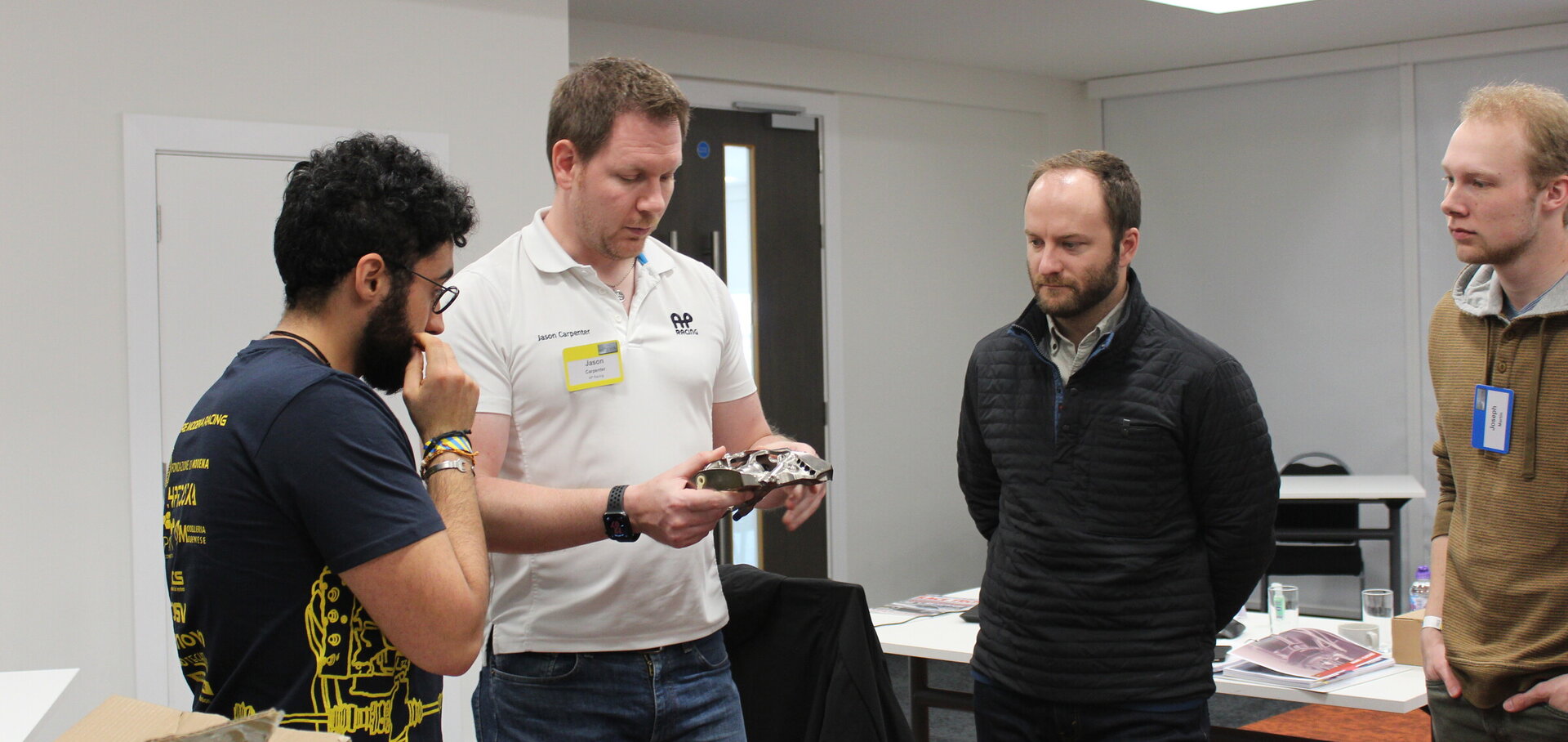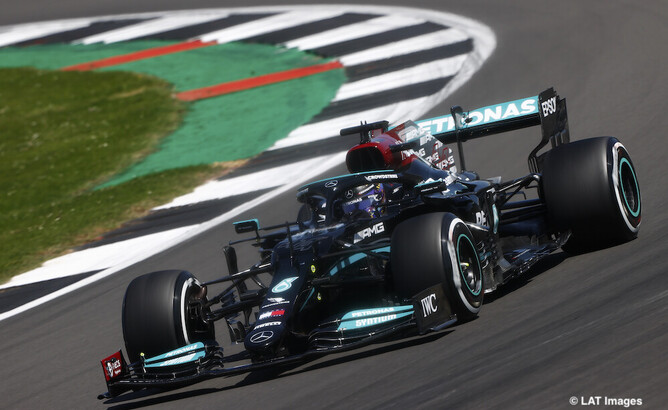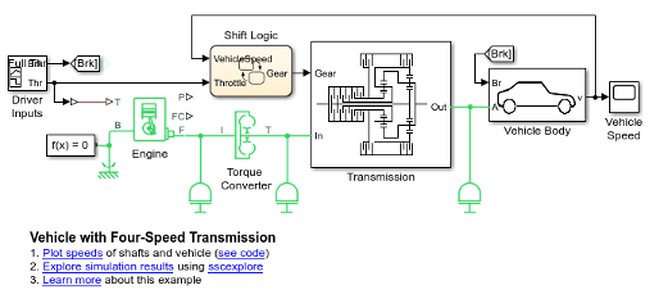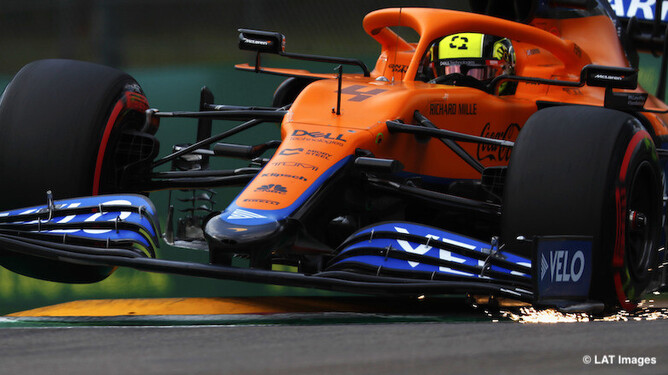The vehicle dynamics group own one of the most jealously guarded pieces of intellectual property in a Formula 1 team: the vehicle model. But what is a vehicle model and how is it used?
What is a vehicle model?
A vehicle model is a virtual simulation of all performance areas and components of the car. This includes aero maps, tyre models, engine modes, torque maps, suspension geometry, steering geometry as well as key car parameters like centre of gravity height, wheelbase and weight.
Vehicle models are an extremely useful tool which allows engineers to investigate the effect of design changes virtually. This avoids components needing to be fully designed, stressed or manufactured saving time and money.
To ensure the vehicle model remains representative and outputs accurate results, it has to be continuously updated and correlated with real data. The code needs to be constantly refined to run more complex calculations quicker. Information from the latest race or simulator session needs to be fed back into the model. Only then can the vehicle model become a useful tool and a key to unlocking performance.
How are vehicle models used?
The vehicle model is used by every member of the vehicle dynamics team to investigate all the areas of the car. Its uses range from being the maths engine behind the driver-in-the-loop simulator to being the tool used to model and optimise the effects of springs and dampers on ride. It is at the heart of race engineering where it is used to examine the effects of wing level, cooling requirements and ride height set-up.
The holy grail of the vehicle model is to produce an accurate value for the lap time gain (or penalty) associated with any given change. This can be weighed against time, cost and practicality. It can even be used for legality, demonstrating to the FIA and tyre supplier that the car is running within the specified limits of camber at all times.
In the context of overall car design, vehicle dynamics engineers will use the model to examine a myriad of what-if scenarios. Let's take the example of optimising the right wishbone layout. If the hard points of the wishbone mounts are in positions X, Y and Z, which is favoured by the aerodynamics group, then what will the knock-on effects be?
Firstly, the structures group can supply a stiffness and weight estimate of a new design, while the aerodynamicists can calculate the potential downforce gain from their CFD models. The vehicle dynamics engineer can then look at the effects of the geometry on lap time as a result of changes to centre of gravity height, tyre management, camber control, roll centre height, anti-dive/squat, lateral load transfer and a long list of other criteria.
Some design changes will produce such extreme effects that they can be ruled out immediately. Whereas others may get as far as a driver-in-the-loop simulator test. However, all the information from this development process is fed back into the model; helping engineers establish the lap time gain or loss as a result of the change.






